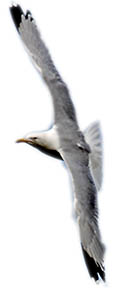History Books About Yorkshire
Reviews
The History Book Corner
Many history books about Yorkshire have been written over the years. They discuss in many ways the turbulent and dramatic history of Yorkshire. Here are my thoughts on just a few of them …
The Wars of the Roses
This seemingly interminable, high profile blood feud raged between two branches of the Royal Plantagenet family in medieval England.
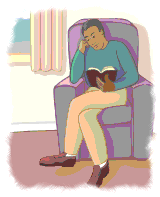
Both factions held strong claims to the throne and the battles fought to substantiate those claims turned father against son and brother against brother through all the lesser families of the land. Spanning much of the latter half of the 15th century this civil war saw some of the bloodiest, most brutal loss of English lives – ever.
I’ve enjoyed reading some great history books about Yorkshire relating to this period…
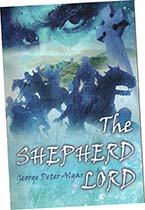
The Shepherd Lord
George Peter Algar
I read this history book about Yorkshire after the facts of the terrible Battle of Towton were brought to my attention. As a Yorkshireman, I’m ashamed to admit my total ignorance of this key turning point in English history.
“The Shepherd Lord” the book is fictional, the stuff of legends and totally believable. Inspirationally woven around the all-too-true facts of the bloodiest battle ever fought on English soil and the interminable power struggle we know today as the Wars of the Roses. “The Shepherd Lord” the man is a folk hero.
Narrated by Tom Lawkland, a lowly, common man; chief shepherd of the mighty Clifford family. Through the mists of time Tom’s Yorkshire dialect brings to life the hazy details of young Henry Clifford’s flight from certain death at the hands of the revengeful Plantagenet rulers. Following years of exile in the northern lands of England, Tom eventually witnesses his young charge reclaim his birthright to the vast Clifford estates.
Click to read about The Battle of Towton
**********
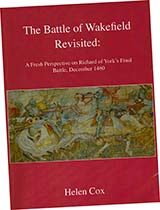
The Battle of Wakefield Revisited
Helen Cox
A Fresh Perspective on Richard of York’s Final Battle, December 1460
With the precision of a barrister the author lays before us the evidence (what little survives), for and against the popular argument that Richard, Duke of York was a reckless, arrogant and poor commander. She implores us to assume the minds of medieval noble folk and to consider the attitudes and beliefs of Richard’s contemporaries.
Step by careful step, through a series of well written chapters, Helen introduces the main characters, outlines significant events of the decade leading up to the battle and discusses the various myths surrounding the whole affair. Throughout these chapters we’re led to believe that she is, by no means, convinced by the popular arguments. Indeed, she goes on to postulate the events of the Real Battle of Wakefield (Helen’s italics). She paints a convincing picture and I, for one, am convinced.
What happened to the nobles who fought on each side? What could be done to discover more evidence, bolstering the surprisingly small amount known to be in existence? Was Richard, Duke of York in 1460, really the subject of the popular nursery rhyme? All of these questions are discussed in the latter chapters.
Throughout, each chapter makes numerous references to other works, all documented and credited. The Battle of Wakefield Revisited is a well researched, carefully thought out book. Well-rounded and interesting it is highly readable – in spite of it being a history book!
**********
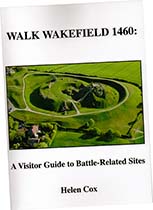
Walk Wakefield 1460
Helen Cox
A visitor guide to battle related sites
So – you’ve read the book, been drawn into the plot and gotten all fired up by the drama of Battle of Wakefield Revisited. What next?
Why not think about visiting the historic sites where all this intrigue and violent action took place. Well, the author thought you might want to do just that. So she has written a handy little guide with details of all the locations.
Helen has written about each separate section of the “story” from the initial conflict at Worksop through to the grisly fate of the losers in York. She tells us a little about each encounter before describing in detail, walks at or near the scene that might be taken by us in the present day. Details of opening times, if relevant, are given, together with concise directions for getting there. Many photographs and, what appear to be hand-drawn maps, are spread throughout to illustrate points raised in the text. Rounding off a well thought out, practical guide book there is an interesting postscript and references to other places of interest and further resources.
As one of the history books about Yorkshire that I’ve enjoyed reading, this is one of the most useful. It does what it sets out to do in an interesting and very readable manner. It may even get some of us out of our armchairs to go for a walk!
**********
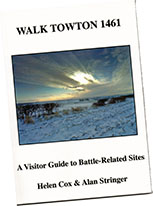
Walk Towton 1461
Helen Cox & Alan Stringer
A visitor guide to battle related sites
Helen Cox has teamed up with fellow member of the Towton Battlefield Society, Alan Stringer, to bring us a very useful guide to the sites involved in the run up to the cataclysmic battle at Towton Vale.
The Battle of Towton was the bloody culmination of a series of lesser battles and skirmishes fought between the armies of the Yorkists and Lancastrians more than five hundred years ago. The lesser battles could be considered punctuation marks in the long, drawn-out marches by both armies; the Lancastrians mustering along the way from the Welsh Marches and the Yorkists from London.
Each battlefield site is covered by the authors in a similar manner to the previous book “Walk Wakefield 1460”. A picture is cleverly woven, describing the 15th century leaders’ strategy, troop movements, importance of the site and the outcome. This is followed by information needed by present-day visitors. Detailing directions to the site for both car users and, if appropriate, for walkers, entry charges, if any, followed by walking/driving distances and even including places where refreshments may be found.
The authors have put together another extremely interesting book for anyone interested in the Wars of the Roses. Very readable and, should you be encouraged to leave the armchair and walk the sites, it should prove a very useful book to take along.

